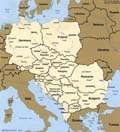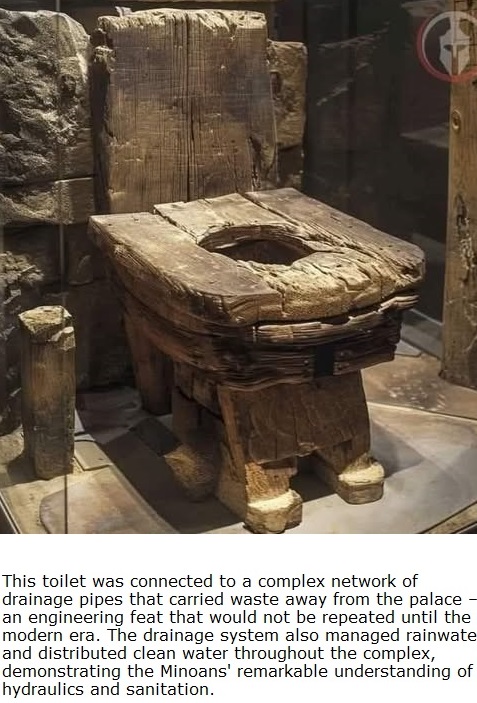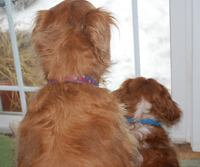Wed Aug 7th, 2025 is
Particularly Preposterous Packaging Day
Purple Heart Day
National Lighthouse Day
National Raspberries n’ Cream Day
and a lot more!
from Days of the Year
These icons are shortcuts for your kiddos to click:
We have lots of LESSON
PLANS for you on our pages!

































